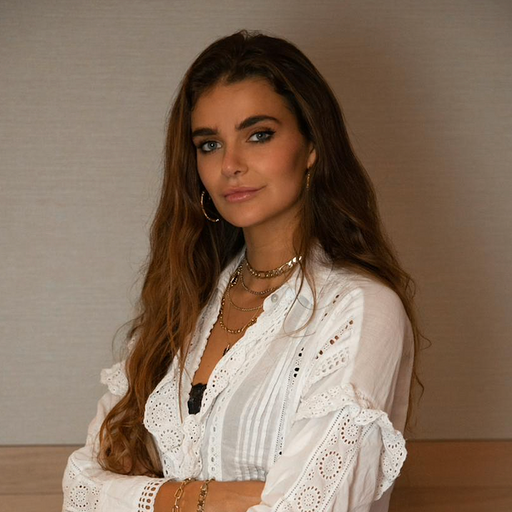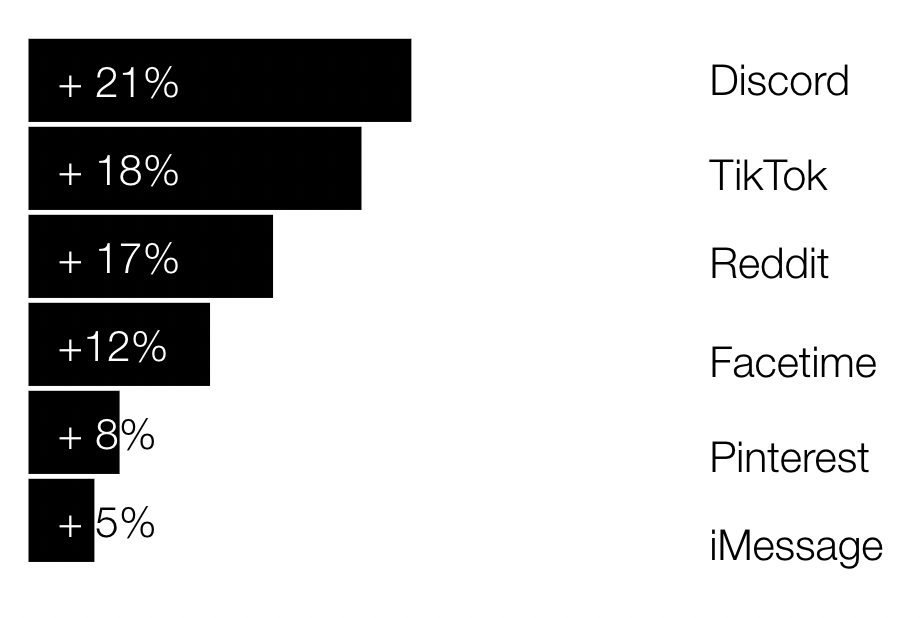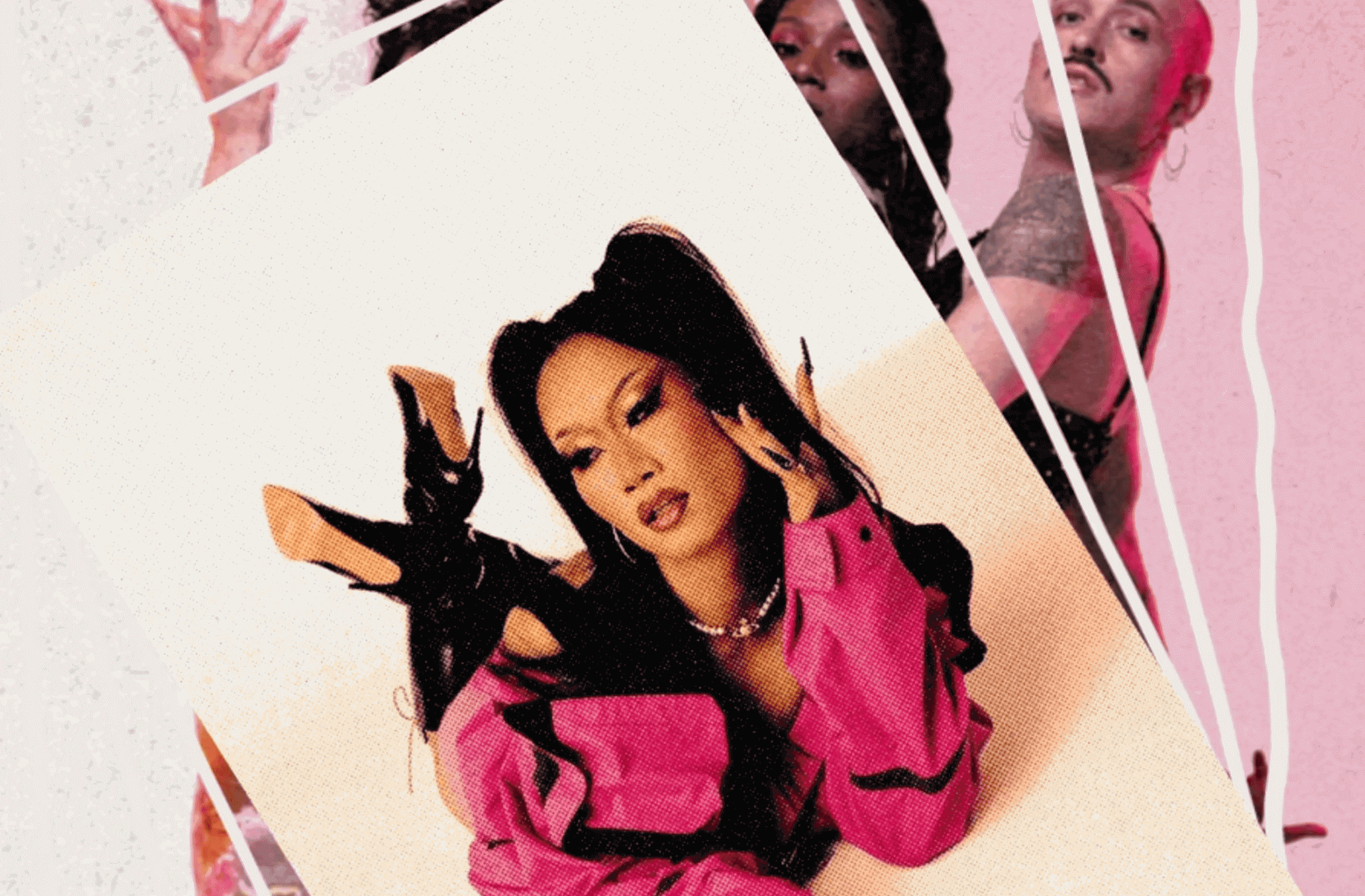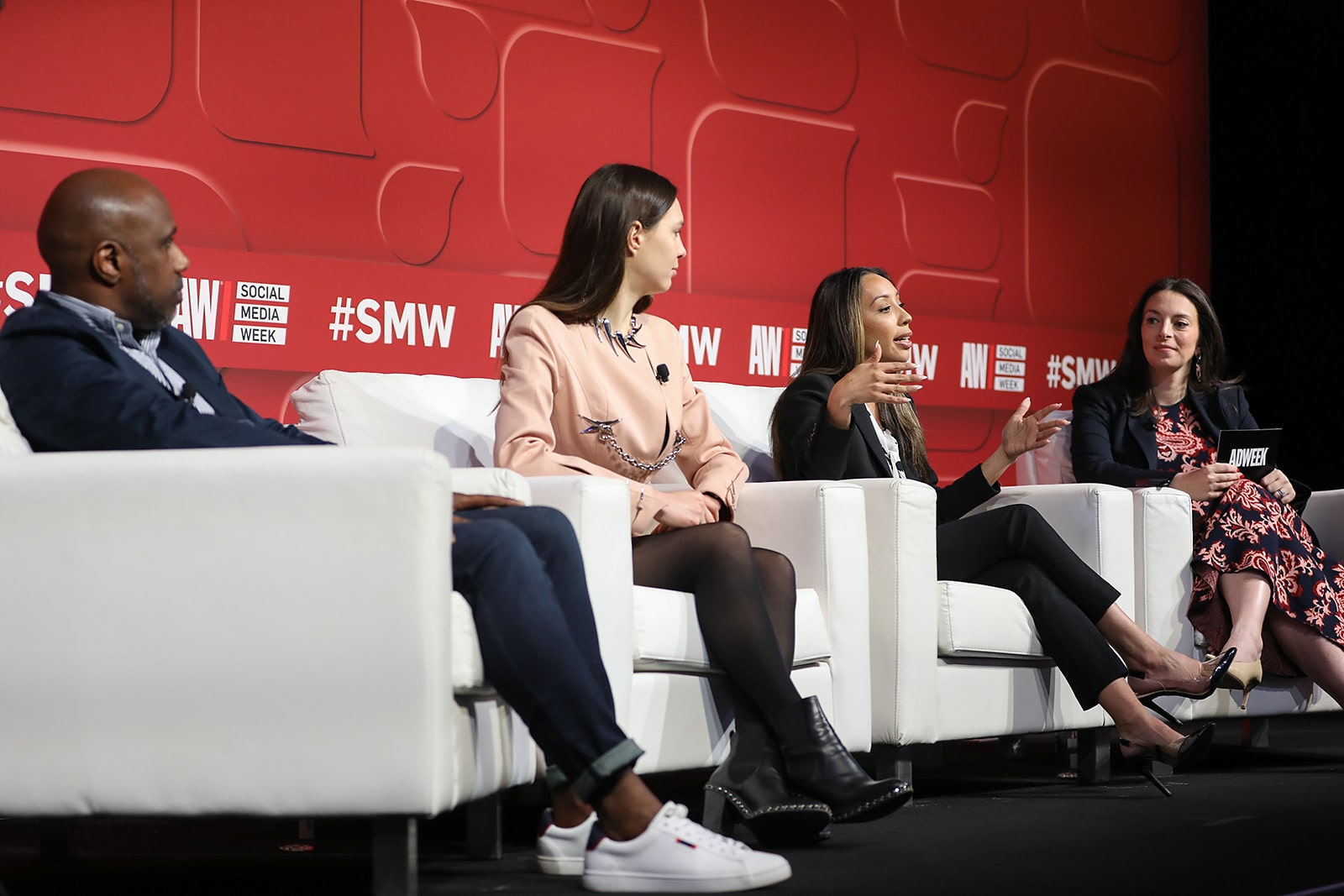How the creator economy is reshaping marketing
The era of creator culture is here.
More than ever, consumers are connecting with authentic, relatable, and engaging content; influencers and content creators are the leaders in meeting these demands.
Let’s dive into how the creator economy has become such a powerful force in shaping marketing strategies and capturing the attention of today’s consumers, plus how AI is already changing the game.
$113 B
Estimated market size of creator economy
207 M
Independent creators online
$23 B
Projected market size for influencer marketing by EOY 2023
The future of online conversion is niche and starts with creators
Influencers as the authentic advocates for brands
In today’s world, if your brand is not visible in a niche, it may as well not exist. With audiences becoming more fragmented, one generic message won’t cut it anymore.
This is where influencer marketing becomes crucial. By connecting your brand with the leaders of these niches, you can leverage their advocacy to promote your brand. Tailor your brand values into a message that resonates with these communities, and let influencers amplify that voice to create meaningful connections with your target audience.
Once you find the right creator partnerships, it’s all about giving them the space and the autonomy to create something close to their authentic style. Remember that you’re no longer competing with other brands on social media; you’re competing against everything in your audience’s feeds.

“Creator collabs offer the chance to create engaging content which evokes a positive response within the consumer.”
– Max Pinas, Executive Creative Director
However, with the growing role of influencers and the development of new content strategies, the threat of fake accounts, bots, fake news, and misplaced advertising (aka “malgorithms”) is also increasing.
That’s why brand safety has become vital to take into account. Most recently, the advance of AI and the increased content generated using it has led to introducing new disclosures required from creators when starting a collab.
These put renewed emphasis on transparency and ensure that creators are letting brands and audiences know if and how they’re taking advantage of this new tech’s capabilities.
Involve creators in your marketing strategy right now
Just as audiences have shifted into niche communities, the people they follow and relate to have also shifted. No longer do picture-perfect, celebrity-level influencers hold all the power. Today, like-minded individuals influence subcultures, which naturally leads to higher engagement rates with key audiences.
These creators have also moved into the world of global brand campaigns in a way that might not have been possible a few years ago. For example, TikTok Star Khaby Lame landed himself a deal with Boss, starting in a campaign alongside influencers like Kendall Jenner and Hailey Bieber.
Such creators feel like friends to their followers and have a massive influence on their audience’s purchase decisions. Given that the current total addressable market of the creator economy is valued at $250 billion and is expected to grow to $480B by 2027, marketers need to consider how to incorporate creators into their campaigns in a relevant and meaningful way.
Creator commerce will change how brands promote products
Content creation has undergone a significant shift in recent years.
It has moved from a one-way communication model where brands simply push content to customers, to a dynamic and interactive process where customers actively contribute to creating content for brands. This evolution has transformed how brands engage with their audiences and opened up new opportunities for customer-driven content creation.

“An ongoing cultural shift requires brands to let go of having full (creative) control and to trust content creators.”
– Salomé Rijnders, New Business Lead Influencer Marketing
90% of Gen Z consumers believe authenticity is essential when deciding which brands they like and support. That is why they are more likely to trust and buy from creator reviews than branded ads.
Consumers often view creator reviews as more genuine and trustworthy compared to branded ads, which are perceived as promotional and biased, highlighting the growing influence of content creators in shaping purchasing behavior.
As you leverage customer-driven content, remember that
- People in general (but especially Gen Z) dislike advertisements. Establish a meaningful connection by making relatable and not-too-serious content.
- Follow the news and trends to jump on trending topics. Understanding what people talk about helps to engage and connect with your audience.
- Trust your creatives. Give them the benefit of the doubt. Only by trying new things will you be able to make cutting-edge content.
Influencer marketing is a growing marketing opportunity
Co-creation and affiliate marketing provide creators with new and diversified ways to monetize their content. Amazon and Walmart are the front runners when it comes to these creator affiliate programs and now many other brands are following.
Influencers can earn commissions on sales generated through their recommendations by partnering with brands as affiliates, creating a direct financial incentive to promote products. This allows influencers to leverage their content and audience to generate revenue beyond traditional brand partnerships, sponsorships, and ads.
Brands have learned that a network of influencers acting as advocates helps them stand out. They can humanize, personalize and localize your brand in a new way.
There are some things to keep in mind when finding creators to work with:
- Make sure their values match yours. While you don’t have control over who posts about your brand, you do manage who you work with.
- Remember that the follower count isn’t the same as the engagement rate. A creator with fewer followers who engage with their content often can deliver better results than someone with a big following but almost no interaction.
- Let the creator be the creator, but do offer some guidelines. Allow the creator to be themselves and continue to deliver content that is authentic and earns engagement. At the same time, help them out to ensure they’re conveying brand identity accurately.
- Invest in long-term collabs. You’ll be extra trustworthy and recognizable when the same ambassadors represent your brand. While one post might flop, don’t let that stop you from working with a certain influencer.
AI is infiltrating and optimizing the creator economy
Like everything in marketing this year, AI is disrupting the creator economy. Generative AI will simplify and expedite the content creation process for influencers, lowering the entry barrier for up-and-coming creators and increasing the amount of content creators can develop.
Social media platforms are already developing creative tools and AR features that enable virtual humans or digital content creators to create content quickly.
For example, Instagram has features like Spark AR, which allows users to create and share AR effects and filters. And TikTok has its own suite of creative tools, including virtual backgrounds, special effects, and 3D stickers, that virtual influencers can utilize to enhance their content.
Data-driven intelligence will also play a crucial role in helping brands navigate the influencer economy.
Building sustainable relationships with creators based on data-driven insights can enhance brand-influencer collaborations. It can also lead to more impactful and effective influencer marketing campaigns in the ever-evolving digital landscape.
AI can help solve influencer marketing challenges
- Preventing influencer fraud – AI helps detect fake followers and engagement, preventing brands from partnering with fraudulent influencers.
- Deep analysis of influencer audiences – AI tools provide demographic data and engagement analysis of an influencer’s followers, helping brands choose influencers that align with their target audience.
- Matching the right content for the right influencer – AI helps brands identify influencers that align with their values and mission, and creates personalized content based on their followers’ interests and history with the brand.
- Analyzing campaign metrics and performance – AI connects campaign metrics to specific influencers in real time, allowing brands to monitor performance and optimize future campaigns.

The rise of virtual influencers?
Virtual influencers or CGI (Computer Generated Imagery) are digital avatars controlled by real people to create content on social networks.
The use of virtual influencers offers:
- Cheaper alternative to traditional celebrities
- Greater control over messaging
- Ability to convey a consistent brand message
- Opportunity to create an emotional connection with the target audience
There’s considerable potential for virtual influencers in the near future, but for now, several factors are keeping them from becoming popular.
For one, consumers still prefer to interact with human influencers. Virtual influencers lack the authenticity that human influencers offer, which could make it difficult not only for brands to build trust and loyalty with their audience, but for customers to trust the brand.
Moreover, the technology required to create convincing virtual influencers is still in its early stages. As a result, the tech’s capability is both limited in and of itself and also inaccessible to most brands. The successful virtual influencers already in existence, for example, are the brainchildren of digital studios, not individual users or brands.
Despite these challenges, virtual influencers are still an exciting prospect to look forward to. They offer a unique opportunity for brands to create a completely customized, controllable persona that can deliver hyper-specific messages in a way that resonates with new audiences.
As technology continues to improve, virtual influencers will likely become more sophisticated and better able to engage with audiences, making them a valuable tool for brands looking to stay ahead of the curve. To inform your decision-making going forward, it’s worth beginning to research what real-life influencers have that resonates with your brand’s target audience now.
As the creator economy grows, our understanding of what defines a ‘creator’ will change.
If the next trend is an influx of artificial creators, the current trend is an influx of MORE creators, thanks to the help of generative AI content tools.
With more creators, remember that their preferred collaborators will migrate to the platforms where their audience is strongest.
Questions?
Media Director






